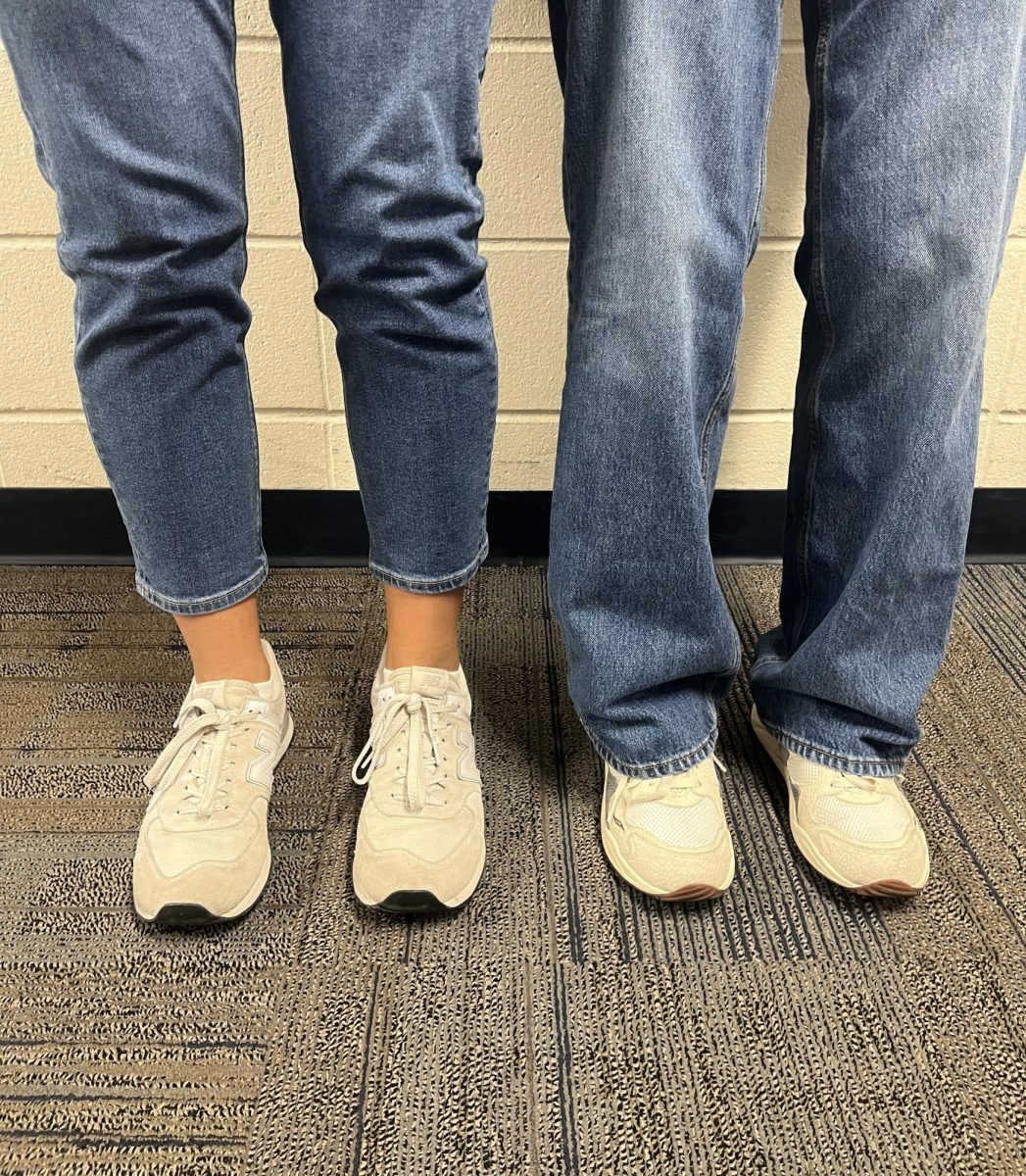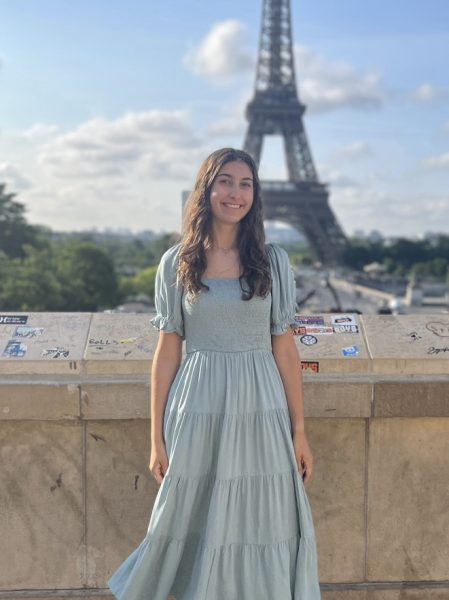Women of all ages and sizes struggle to find clothing that fits their body, but tall women have consistently faced challenges for decades. Long legs are a bane, especially once chilly weather calls for full length items.
The average height of women in the U.S. is 5 foot 4 inches, so brands naturally cater to this height. Yet nearly 18% of women are 5 foot 7 inches or taller. This height is considered the cusp of being “tall” for women and encompasses a significant percentage of the female population.
Women who fall into this height category are often overlooked in the clothing industry.
Inseams of the most popular women’s sizes typically range from 26 to 29 inches in lounge pants and 24 to 31 inches in jeans, depending on the style. Women taller than average require inseams of 30 to 36 inches–ones not covered by standard lengths.
While women’s pants are often vaguely sized across the market, men’s pants have length and waist measurements in nearly every pair of jeans. This presents men with a multitude of consistently sized options when looking for pants.
Men’s clothing manufacturers only need two points of measurement(waist and inseam) to best predict dimensions of consumers, but women require three(waist, hips and inseam). Women’s bodies have more variability in their proportions, but this is no excuse to disregard body types that fall beyond average dimensions.
There is a significant imbalance between tall and petite sizes on shelves, causing numerous problems for tall women.
“Tall sizes are far less accessible than petite sizes,” explained Erin Hofer, teacher of fashion courses Exploring Fashion and Project Runway. “Some brands offer tall sizes in stores but in only a few items. Tall sizes are more available online [but] petite sizes are available in many or most items both in stores and online.”
Exploring different aesthetics and types of clothing has become extremely difficult with such limited availability of tall clothing items, hindering a person’s development of style.
Junior Siddhi Bharadwaj (5’9”) has dealt with clothing conflicts since elementary school and notes how it has continually restricted her wardrobe. “I don’t usually wear sweatpants as they roll up easily. I opt for leggings made of elastane and flare pants as they give me more length. For jeans, I often have to get the ones labeled ‘long,” said Bharadwaj.
The length deficiency of pants is a major problem because the way someone dresses affects their emotions and perception of themself.
When it comes down to curating a closet of clothes, tall women tend to settle for less–literally–and don’t feel satisfied with their collection. Wearing ill-fitting clothes tarnishes self esteem and can initiate body negativity.
Insecurities can be emphasized through trends that aren’t “tall-friendly.” The desired slouch of baggy jeans, for example, is only possible when excess fabric piles on top of one’s shoes.
Tall women are lucky if their jeans reach their ankles. “Representation of all shapes and sizes in the clothing industry is vital to providing consumers clothes that make them feel comfortable and confident,” Bharadwaj expressed.
Not only are short pants problematic, they’re also impractical, especially during the cooler seasons.
A thick, warm pair of sweatpants that ends short of the ankle defeats the purpose of wearing them at all. Ill-fitting sweatpants tend to roll up from sitting and general activity, yet another inconvenience of having long legs that further necessitates long pants.
While lengthy items can be rolled up, hemmed or tailored to fit, pants that don’t reach the end of a leg cannot be lengthened. Tall women deserve sufficient clothing options that fit their needs and don’t significantly restrict their choices or self expression.
However, the solution to the pants problem isn’t as simple as lengthening current pant designs.
Manufacturing the extremes of the length spectrum is difficult for labels to do, although they continually cater to petite sizes rather than tall. “Some brands avoid producing tall sizes because they are more difficult to design which adds to the expense,” Hofer shared. “It’s more than just adding length to the inseam. Proportions have to be adjusted as well.”
Women’s clothing has a reputation of poorly representing its consumers. From narrow size ranges to inconsistent measurements, the industry has much work to do on many fronts to help women feel more confident.
“People can express themselves through what they wear, and it is important that everyone is provided with the opportunities to do so,” Bharadwaj stated.









